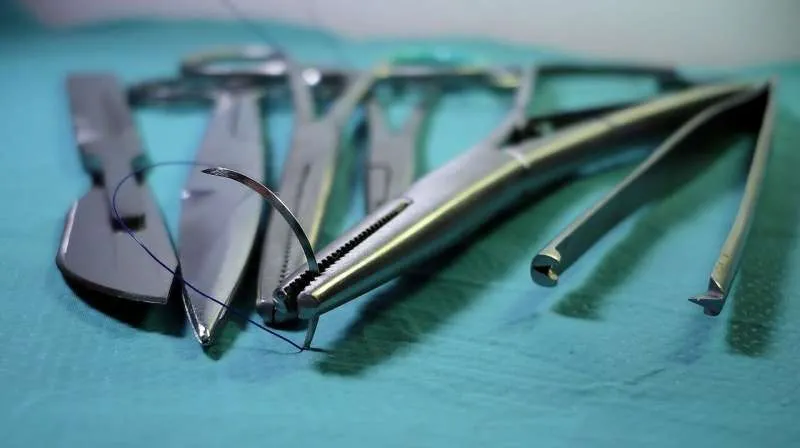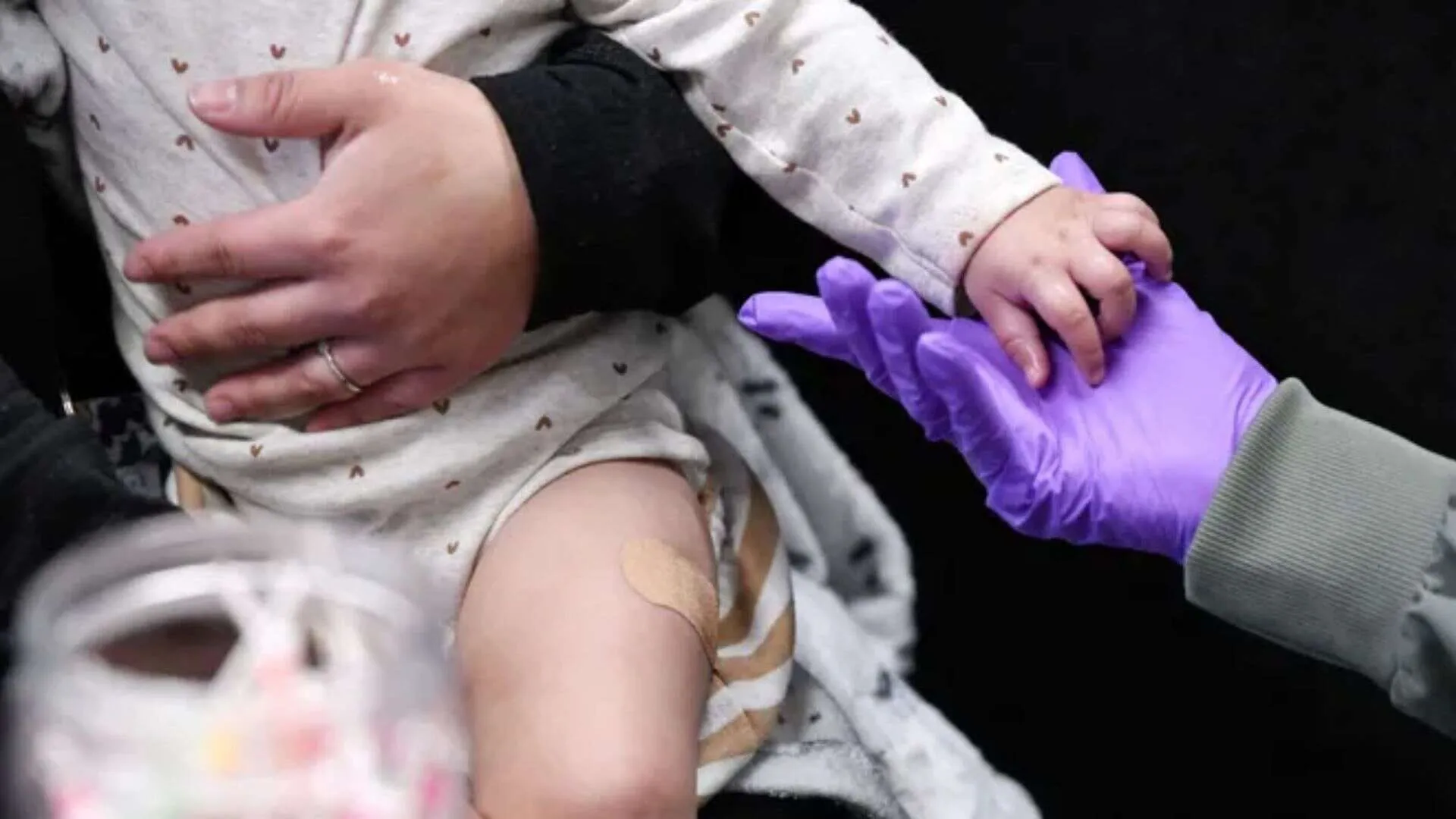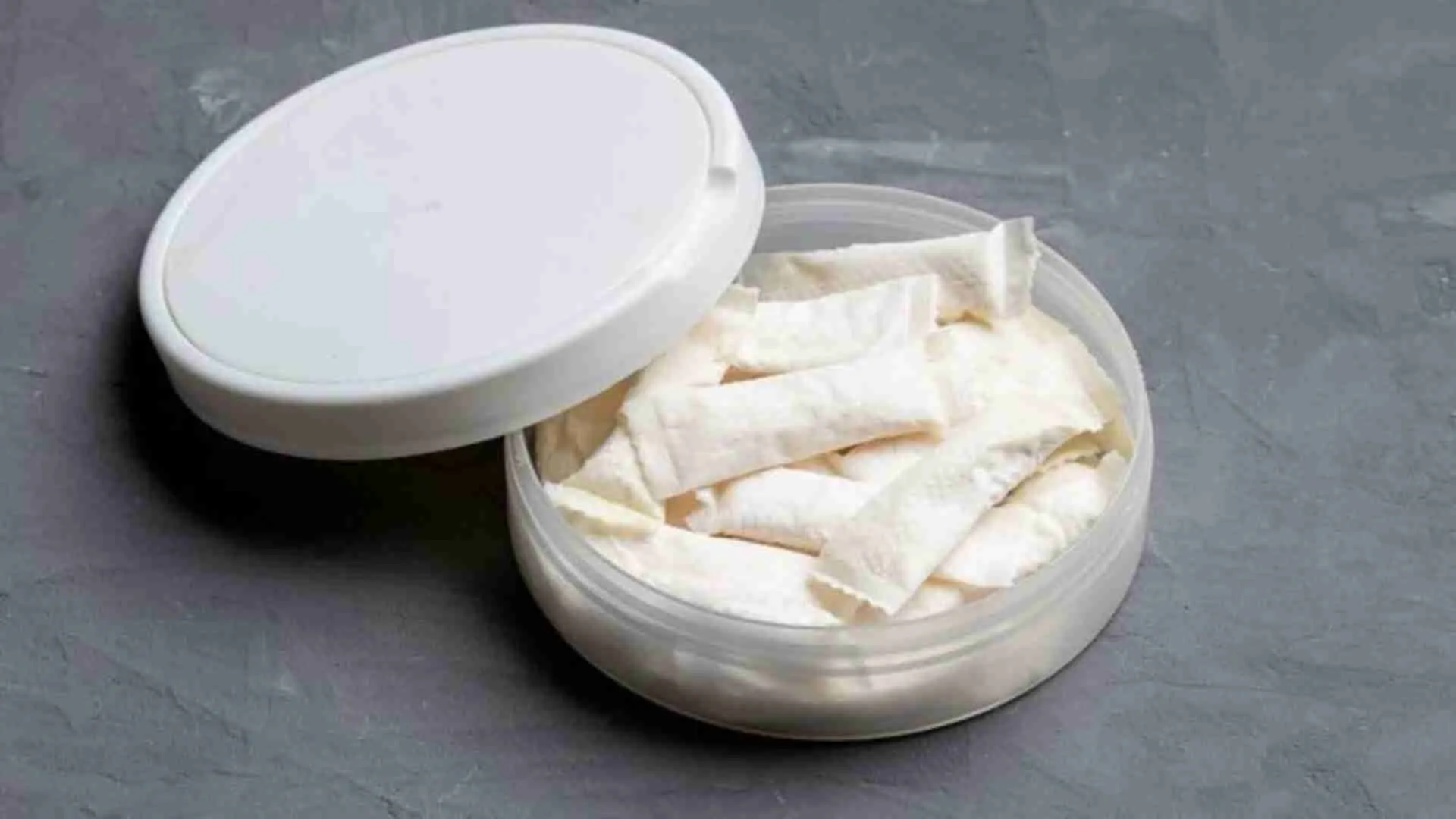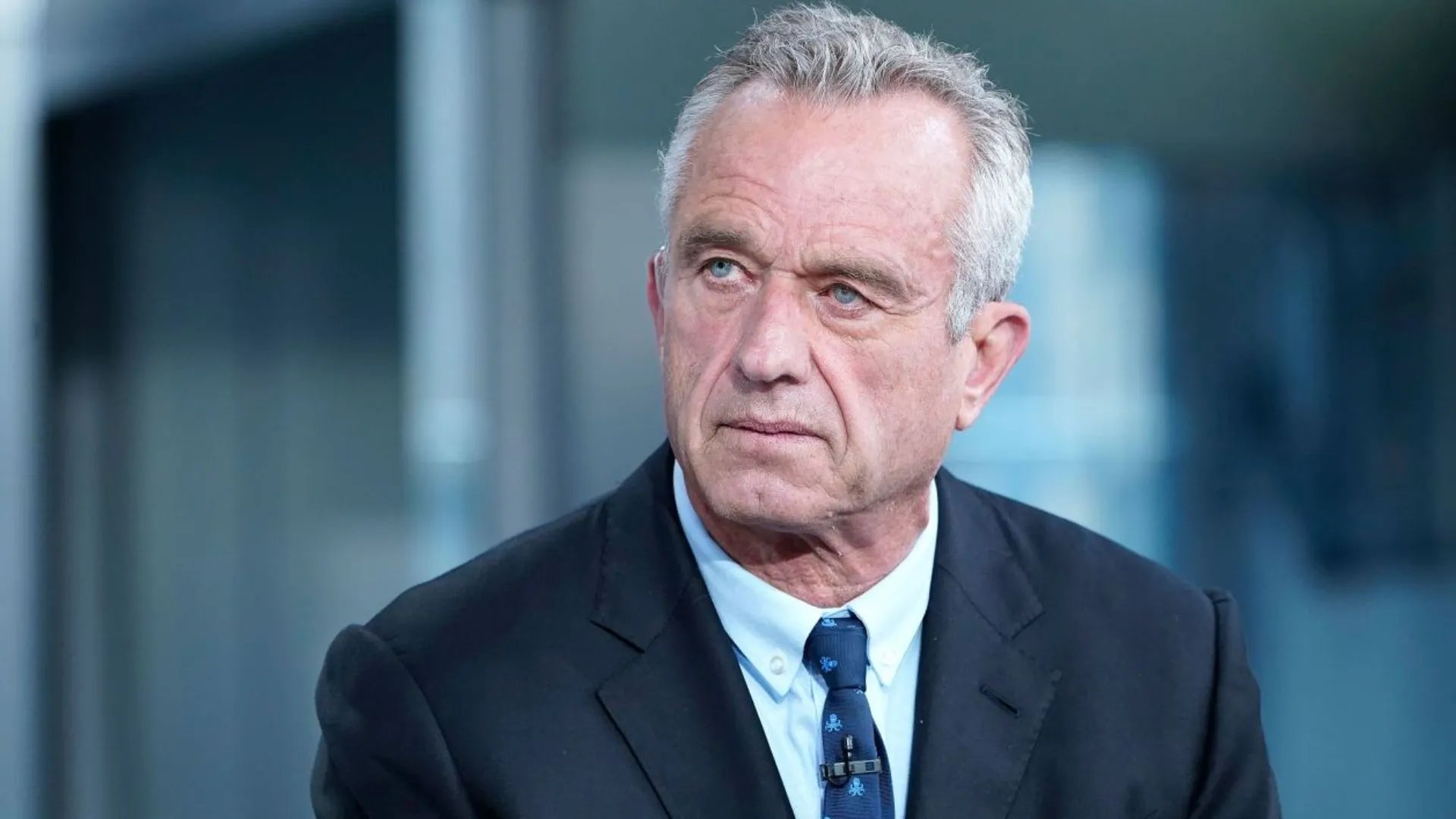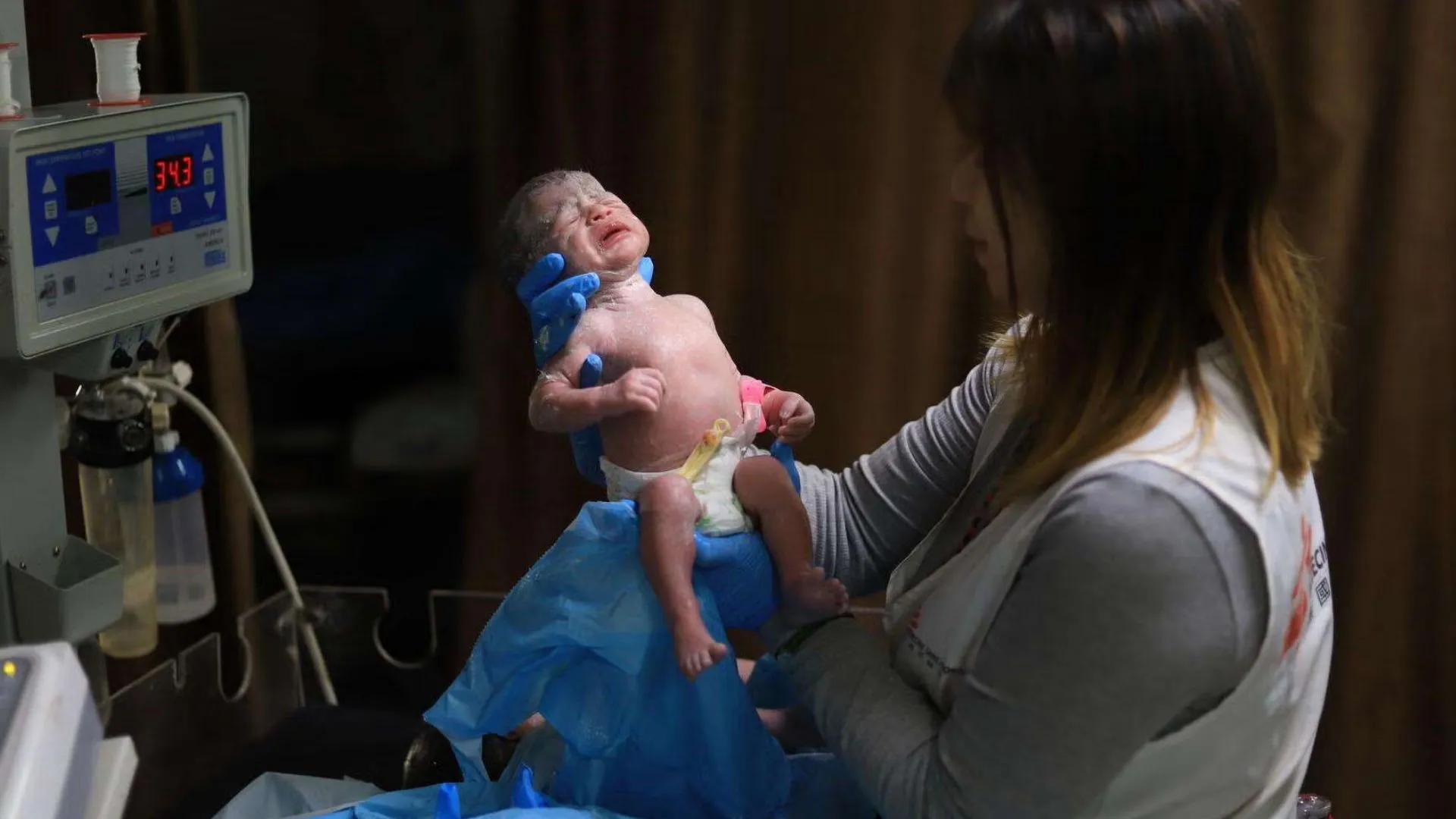Lung transplantation is a complex and life-saving procedure that provides hope to patients suffering from end-stage lung diseases. However, the success of lung transplantation is often complicated by the risk of organ rejection and infections due to the body’s immune response. The current standard approach to preventing rejection involves the use of triple immunosuppressive drugs, which, although effective, come with significant side effects and complications, including an increased risk of chronic rejection and infections. A pioneering study by researchers from the Vienna Lung Transplant Program of MedUni Vienna and University Hospital Vienna, published in the European Respiratory Journal, is shedding light on a promising new therapy for lung transplant recipients: extracorporeal photopheresis (ECP) using UV light.
What is Extracorporeal Photopheresis (ECP)?
Extracorporeal photopheresis (ECP) is a cell therapy originally developed for the treatment of T-cell lymphomas (skin cancer). It has been used for more than three decades in lung transplantation, particularly for patients experiencing chronic rejection. ECP is a process that involves the collection of blood cells from a patient, followed by exposure to a biologically inert substance, 8-methoxypsoralen (8-MOP). This substance, in combination with UVA light, triggers apoptosis (controlled cell death) in the collected cells, including those involved in immune reactions that lead to organ rejection. While the treatment was initially used to manage chronic rejection, the current study has explored its potential in preventing both acute and chronic rejection reactions after lung transplantation.
The Groundbreaking Study
The study conducted by the Vienna Lung Transplant Program is the first prospective, randomized, and controlled trial to investigate the effects of ECP in addition to the standard immunosuppressive regimen after lung transplantation. The aim of the study was to evaluate whether ECP could prevent acute rejection episodes and reduce the risk of early chronic rejection in lung transplant recipients.
The study’s findings have the potential to change the standard approach to post-transplant immunosuppression, offering a safer and more effective alternative to current practices. The conventional treatment for lung transplant patients involves triple immunosuppression, which includes drugs to suppress the immune system and prevent rejection. While this approach works well for other organ transplants, the rejection rate for lung transplants remains notably high, with 10% to 50% of patients experiencing acute rejection episodes in the first year after surgery.
When rejection occurs, it typically requires high-dose corticosteroid treatment or special antibody treatments, both of which have serious side effects and increase the risk of long-term chronic rejection. The study from MedUni Vienna and University Hospital Vienna, however, showed that adding ECP to the standard immunosuppressive therapy led to a significant reduction in both the number and severity of acute rejection episodes. This breakthrough suggests that ECP may offer a safer, less invasive treatment option that reduces the reliance on toxic medications.
How Does ECP Work?
ECP involves two key steps:
- Blood Collection: Blood is drawn from the patient and used to isolate mononuclear cells, which play a crucial role in immune responses.
- UV Light Exposure: These mononuclear cells are then exposed to 8-MOP, which is a substance that does not react with human tissue. When combined with UVA light, 8-MOP induces apoptosis in the cells, causing them to undergo controlled cell death. This process not only reduces immune activity that can lead to rejection but also minimizes the risk of infections.
The beauty of ECP lies in its minimally invasive nature and its lack of toxic effects, making it a safe and generally well-tolerated treatment. Unlike other immunosuppressive therapies, ECP does not require patients to take harsh medications that suppress their entire immune system, which makes it a more targeted and less harmful alternative.
ECP: A Game Changer for Lung Transplant Patients
One of the major advantages of ECP is its ability to reduce the frequency of hospital stays. Because the therapy is minimally invasive and well-tolerated, patients who undergo ECP treatment are less likely to require prolonged hospitalizations compared to those receiving traditional immunosuppressive therapies. This not only reduces healthcare costs but also improves the overall patient experience.
Moreover, by preventing acute rejection episodes and lowering the risk of chronic rejection, ECP can enhance the long-term survival of lung transplant recipients. The study’s findings suggest that ECP may be used in a prophylactic (preventive) manner, offering better long-term outcomes by reducing the incidence of both acute and chronic rejection.
Personalized Immunosuppressive Medicine
One of the most exciting aspects of this study is its contribution to the growing field of personalized immunosuppressive medicine. Personalized medicine is an approach that tailors treatments based on the individual’s unique genetic, environmental, and lifestyle factors. The findings from the Vienna Lung Transplant Program suggest that current immunosuppressive protocols for lung transplantation still have significant room for improvement. By incorporating ECP into the treatment regimen, clinicians can offer a more individualized approach to care, one that is better suited to each patient’s specific needs.
The combination of ECP with standard immunosuppression could pave the way for more personalized therapies, ensuring that patients receive optimal care with fewer side effects. This paradigm shift would make it possible to use ECP as a prophylactic therapy, helping to reduce the long-term complications that often accompany lung transplantation.
Collaboration and Future Prospects
The success of this study highlights the importance of interdisciplinary collaboration in advancing medical research. The work done by the Vienna Lung Transplant Program and University Hospital Vienna is the result of years of research, collaboration, and dedication from various medical experts and stakeholders. Special recognition has been given to Robert Knobler, who is considered a pioneer in the use of ECP in Vienna, as well as other researchers involved in this groundbreaking work.
Following the successful results of this study, a multicenter trial is set to confirm these findings and explore the potential for wider use of ECP in lung transplantation. The next steps involve understanding the mechanisms behind the therapy to further enhance its protective effects. With these insights, an optimal treatment regimen can be developed to ensure the best possible outcomes for lung transplant patients.
Lung transplantation remains one of the most complex and challenging medical procedures, with ongoing efforts to improve patient outcomes. The use of extracorporeal photopheresis (ECP) is a promising new development in this field, offering significant benefits for patients by reducing the risk of rejection and infection. The study from the Vienna Lung Transplant Program has demonstrated the potential of ECP to not only complement existing immunosuppressive therapies but also provide a safer, more effective approach to managing rejection in lung transplant patients. With further research and continued collaboration, ECP may soon become a standard treatment that helps to improve the long-term survival and quality of life for lung transplant recipients.

